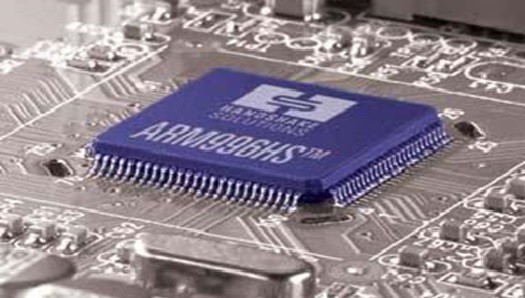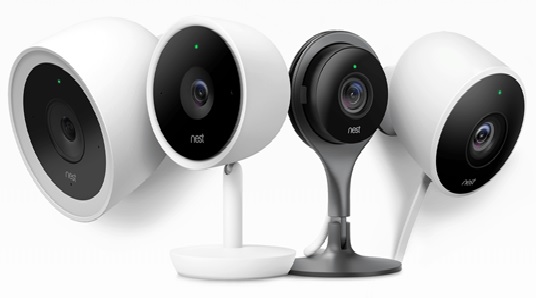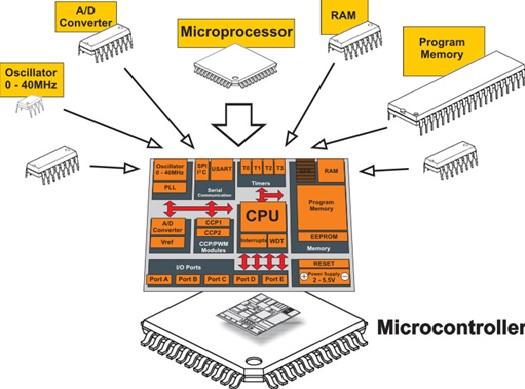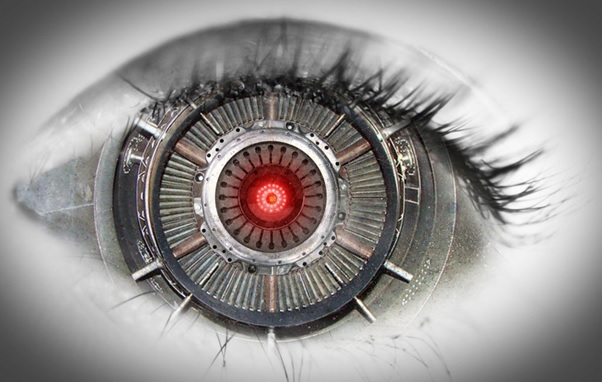Overview of Clockless Chips
Clockless chips, also known as asynchronous chips, represent a shift from traditional synchronous (clock-driven) processor architecture. In 2021, research and development in this area highlighted several innovations, driven by the need for faster, more energy-efficient, and less heat-generating chips.

Figure 1. Revolutionizing Computing with Clockless Chip Technology.
What Are Clockless Chips?
Clockless chips do not use a central clock to synchronize operations. Instead, they rely on handshaking protocols between components to coordinate tasks, allowing different parts of the chip to work independently and asynchronously. Figure 1 shows Revolutionizing Computing with Clockless Chip Technology.
Introduction to Clockless Chips
Clockless chips, also known as asynchronous chips, break away from the traditional use of a global clock signal in digital processors. Instead of timing all operations based on a centralized clock, they use local handshaking protocols to manage communication between components. This event-driven behavior allows components to operate only when needed, improving efficiency and reducing power consumption.
How Clockless Chips Work
Unlike synchronous chips that rely on regular ticks from a clock to coordinate actions, clockless chips use "request" and "acknowledge" signals. Each module works independently and communicates only when it’s ready. This method enables a self-timed operation, where delays are based on actual data processing times rather than fixed clock intervals.
Benefits of Clockless Architecture
Clockless chips offer multiple advantages:
- Lower Power Usage – No clock means fewer signal transitions, reducing energy drain.
- Less Heat Generation – Ideal for compact devices and wearable tech.
- Reduced Electromagnetic Interference (EMI) – Makes them suitable for medical and aerospace applications.
- Adaptability – Different parts of the chip can operate at optimal speeds without slowing down for a global clock.
Efficiency gain: Operations happen only, when necessary, not just because a clock ticks.
Challenges and Limitations (As of 2021)
Despite the benefits, clockless chips face several technical hurdles:
- Design Complexity – Requires expertise in asynchronous logic.
- Lack of Industry Tools – Most chip design tools are built for synchronous systems.
- Testing Difficulty – Verifying correct operation without a timing reference is complex.
- Limited Standardization – Fewer industry-wide practices and resources.
Applications and Future Prospects
In 2021, clockless chips were gaining attention in niche sectors:
- Medical devices – Need low power and minimal heat.
- Aerospace and defense – High reliability, low EMI.
- Wearables and IoT – Compact and battery-friendly.
- Research and hybrid computing – Combined synchronous and asynchronous logic for flexibility.
Leading institutions like Caltech, MIT, and companies like ARM and Intel explored hybrid and fully asynchronous architectures. While not yet mainstream, clockless designs represent a promising path for next-gen energy-efficient computing.
Reference:
- https://linc.seas.harvard.edu/generative-ai-teaching-and-learning-resources
Cite this article:
Thanusri swetha J (2021),Overview of Clockless Chips, AnaTechMaz, pp. 41















